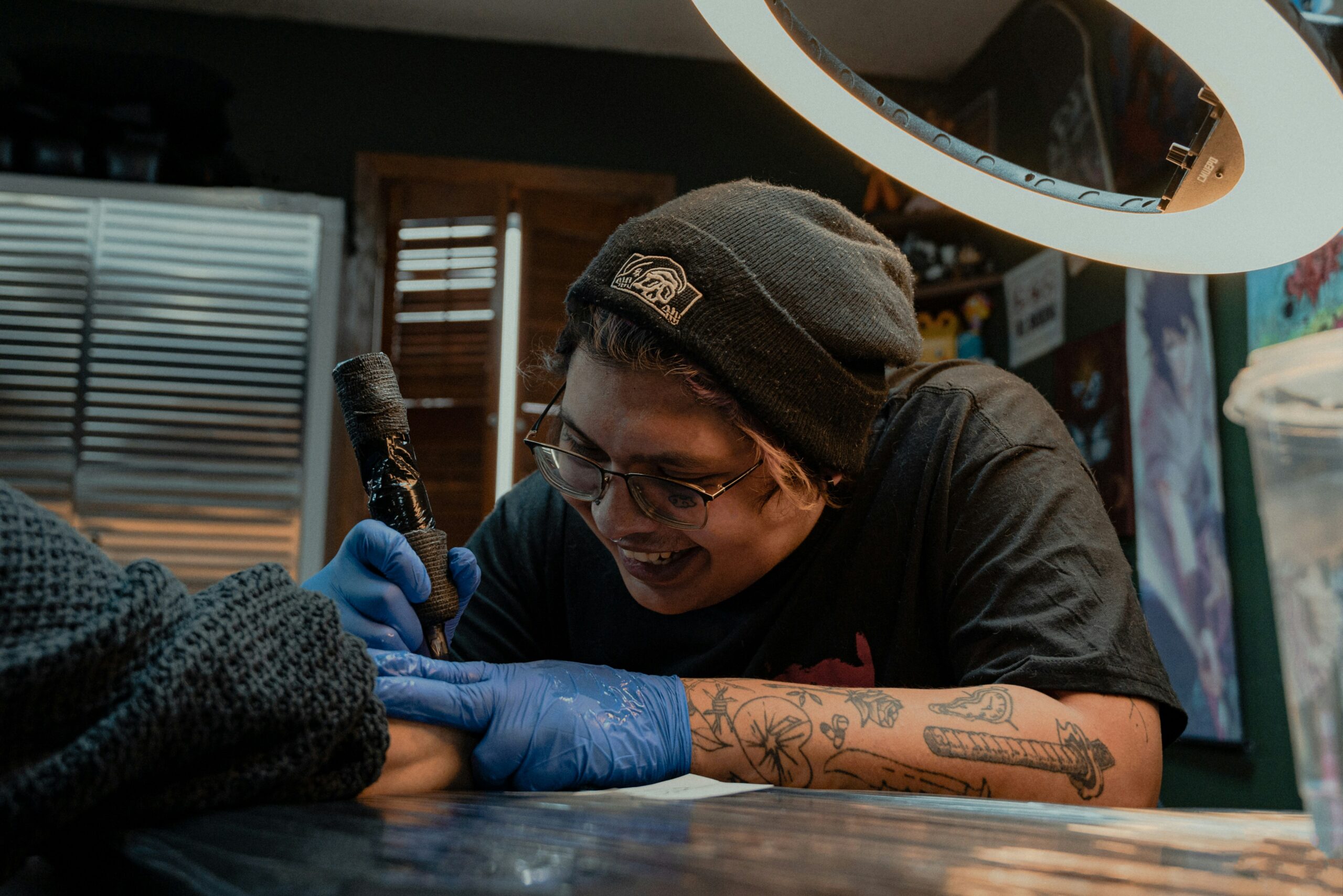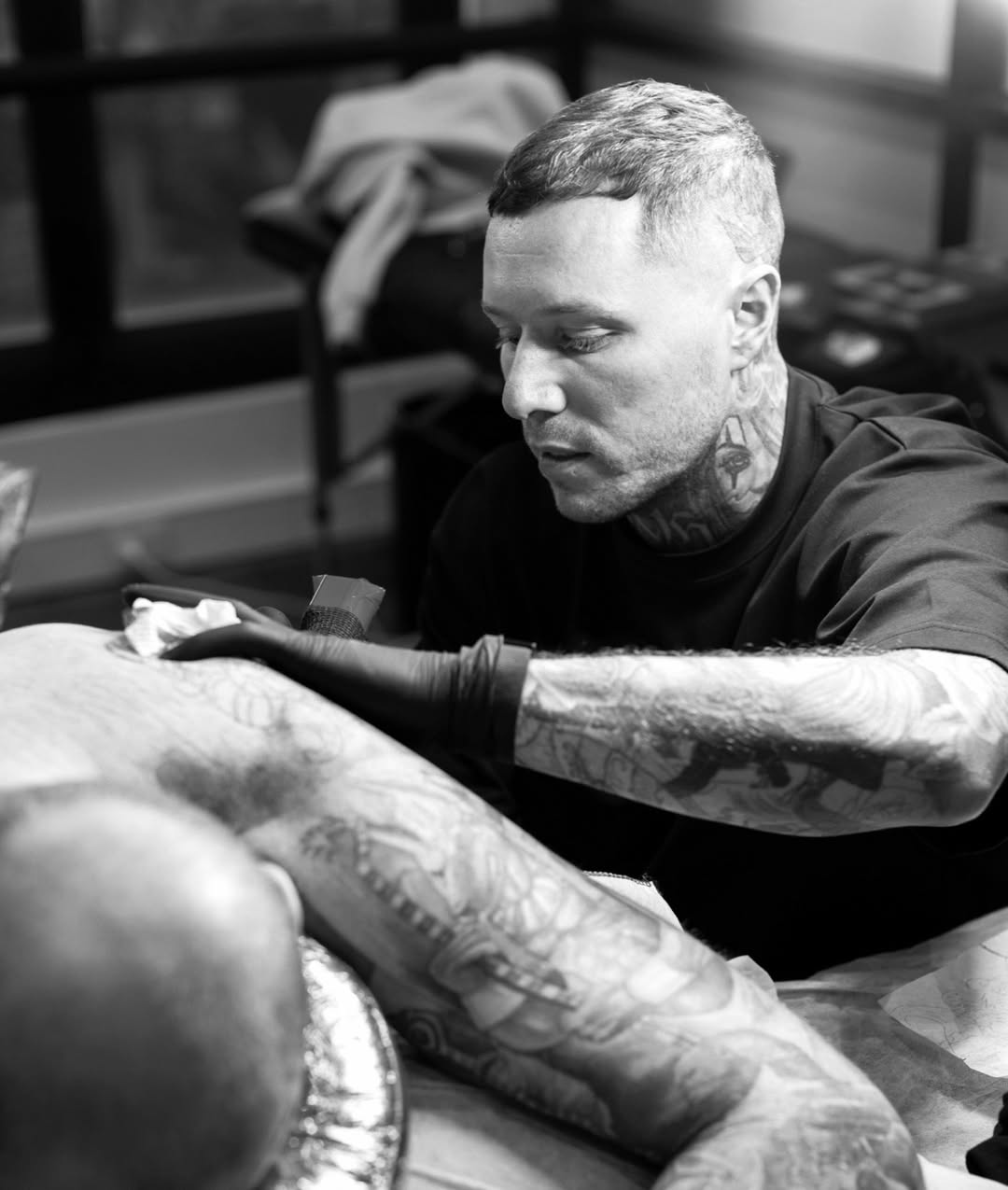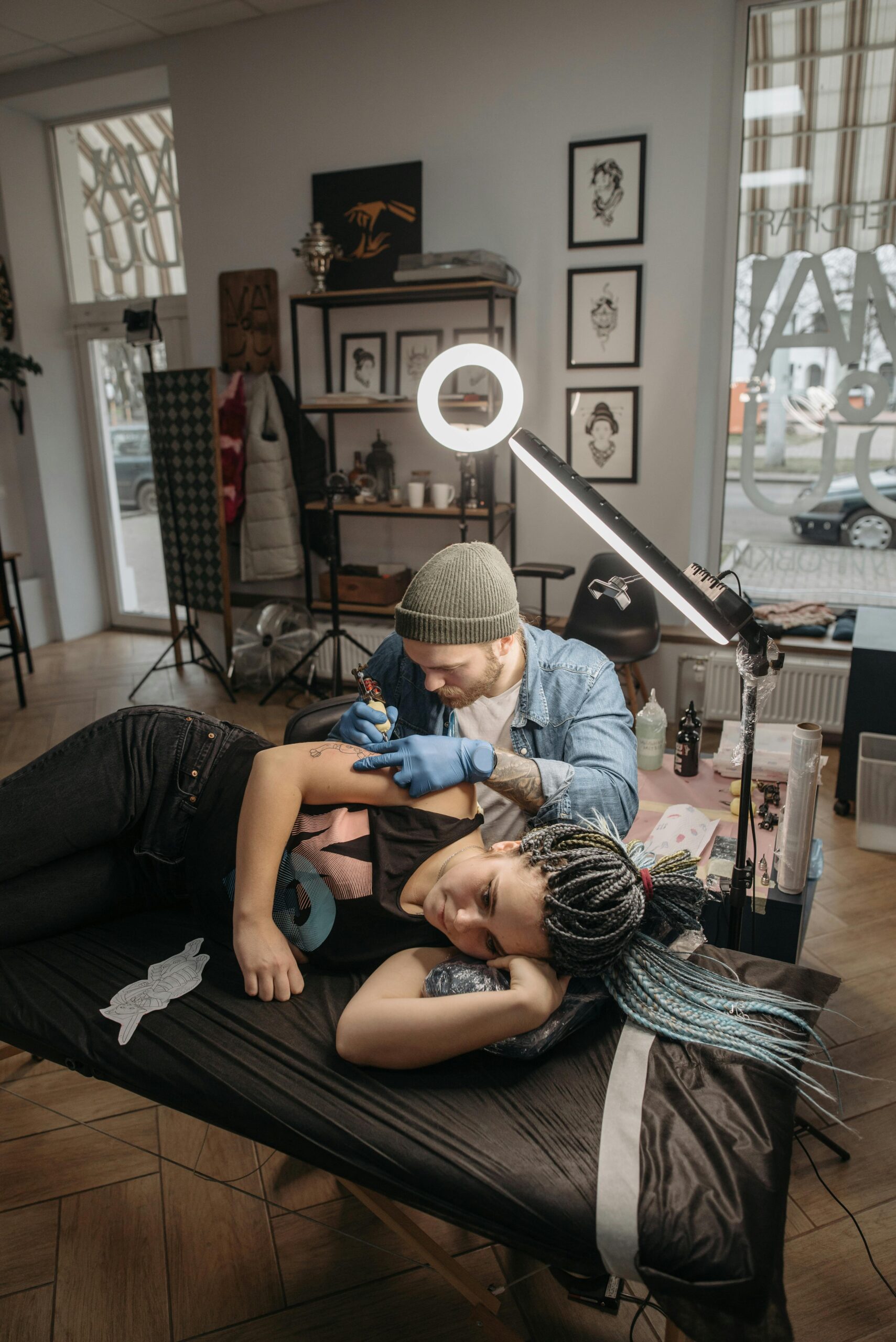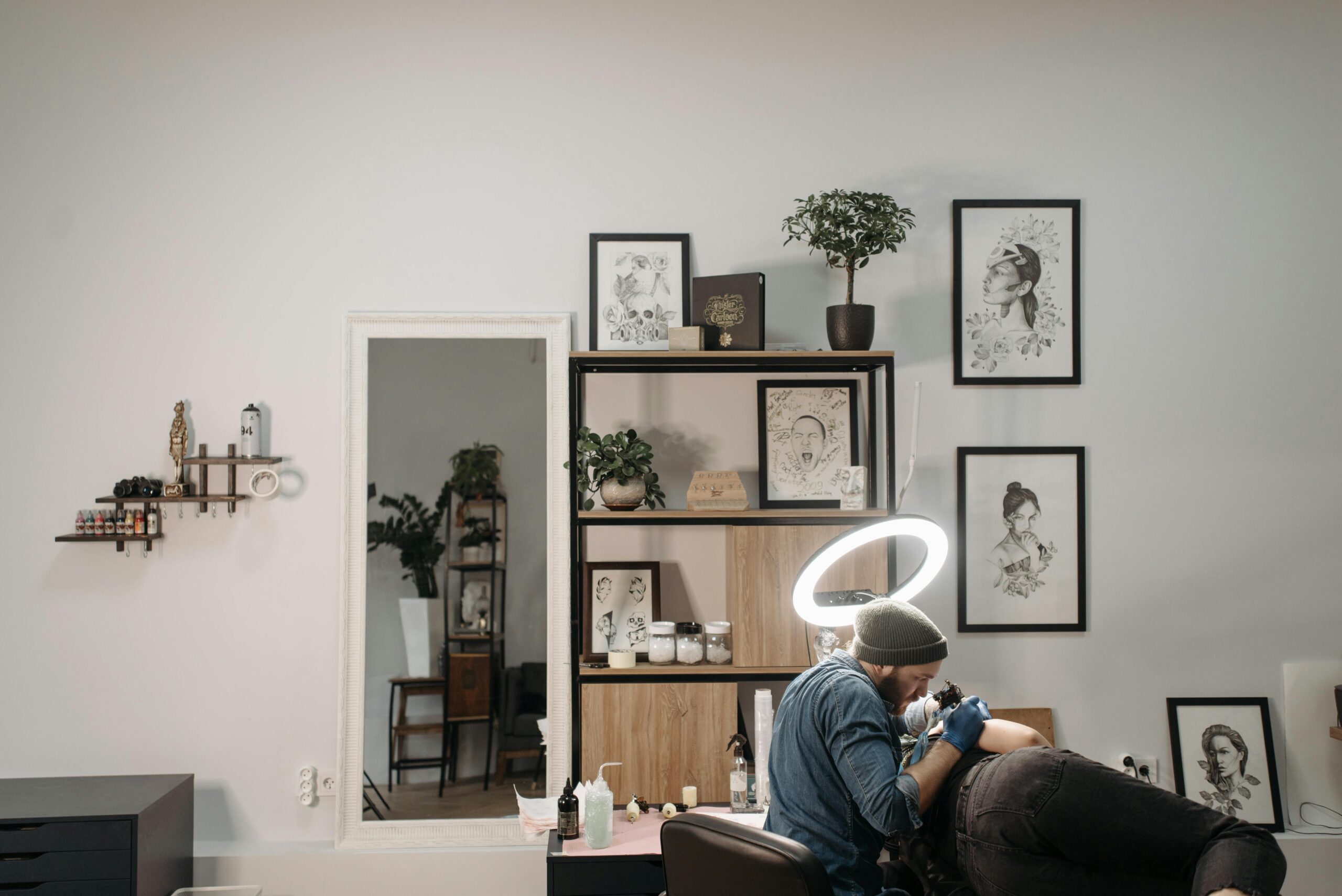Guest artist residencies provide invaluable opportunities for emerging tattoo artists to work in professional studios, build client bases in new locations, and establish industry networks that accelerate career development. This comprehensive guide covers identifying opportunities, creating compelling applications, negotiating terms, and maximizing residency experiences—helping you transition from independent practitioner to recognized professional.
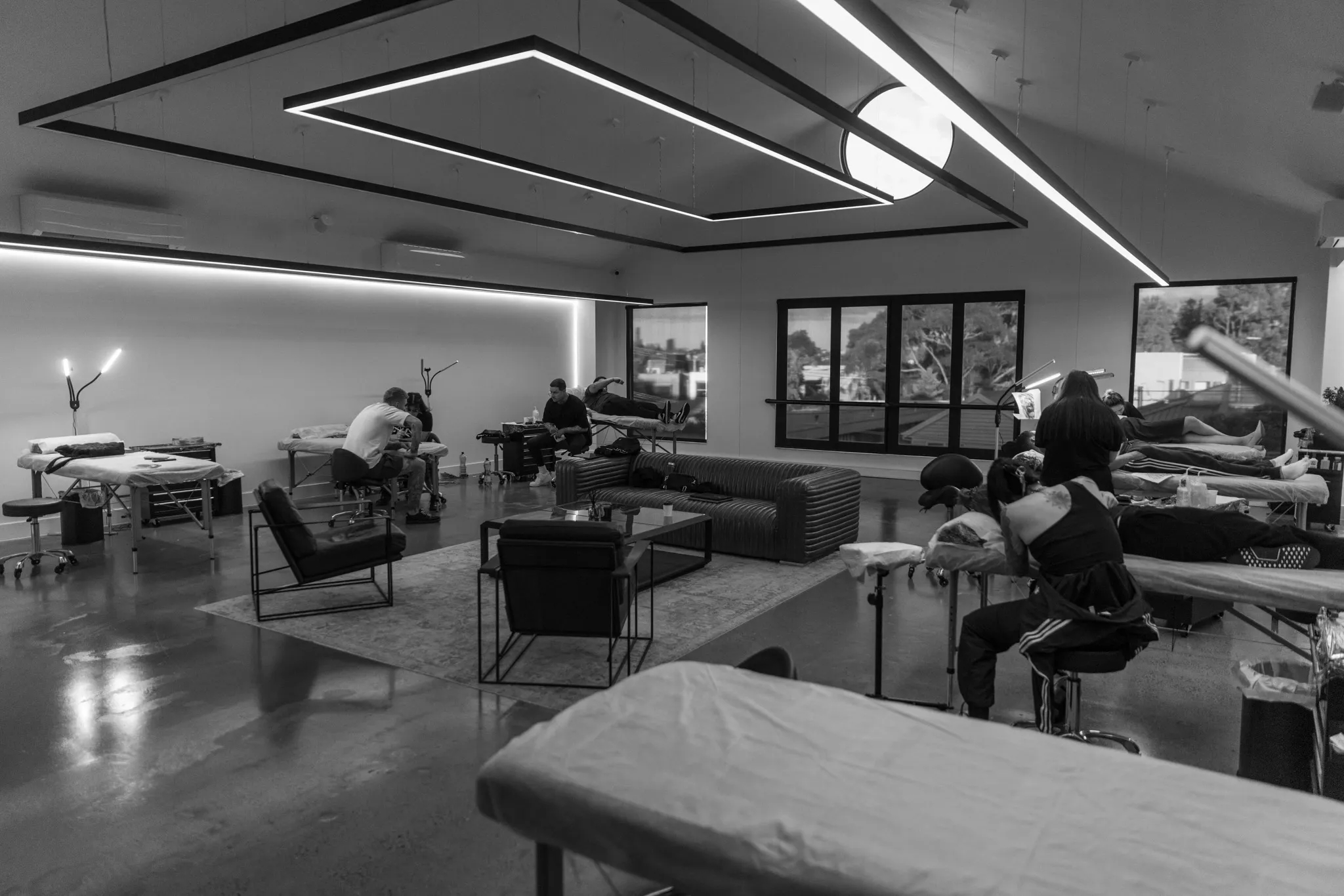
Why Guest Artist Positions Accelerate Career Growth
Guest artist positions offer unique advantages that working exclusively from your home studio or single location cannot match. These temporary residencies provide exposure to different markets, working styles, and professional environments that broaden capabilities whilst building industry connections essential for long-term success.
According to industry networking research by Inked Magazine, tattoo artists who complete 3-5 guest residencies during their first five years build client bases 2-3 times faster than those working exclusively from single locations. Geographic diversity expands your reach whilst demonstrating professional credibility and versatility.
Guest positions provide multiple career benefits: exposure to new client demographics and style preferences, portfolio diversification through varied work opportunities, professional networking with established artists and studio owners, credential building demonstrating industry respect, and market testing for potential permanent relocation decisions.
Understanding Different Residency Types
Guest positions vary significantly in structure, compensation, and expectations. Understanding different models helps you identify opportunities matching your experience level and goals.
Walk-in Guest Spots: Short-term arrangements (1-7 days) where you work studio walk-in traffic alongside resident artists. These suit newer artists building experience and don’t require established followings.
Booked Guest Residencies: Scheduled appearances (1-4 weeks) where you bring your own client bookings to work in the host studio. These require sufficient Instagram following or reputation to fill appointment books independently.
Extended Residencies: Long-term arrangements (1-6 months) functioning like temporary employment, often providing regular client flow whilst allowing you to build local following. These suit artists considering permanent relocation or seeking extended market exposure.
Convention Guest Spots: Temporary positions during tattoo conventions, providing high-visibility opportunities but requiring strong portfolios and professional references.
Each residency type serves different purposes in career development—strategic progression through various formats builds comprehensive experience and industry recognition.
Your professional development journey determines which guest opportunities suit your current capabilities and goals.
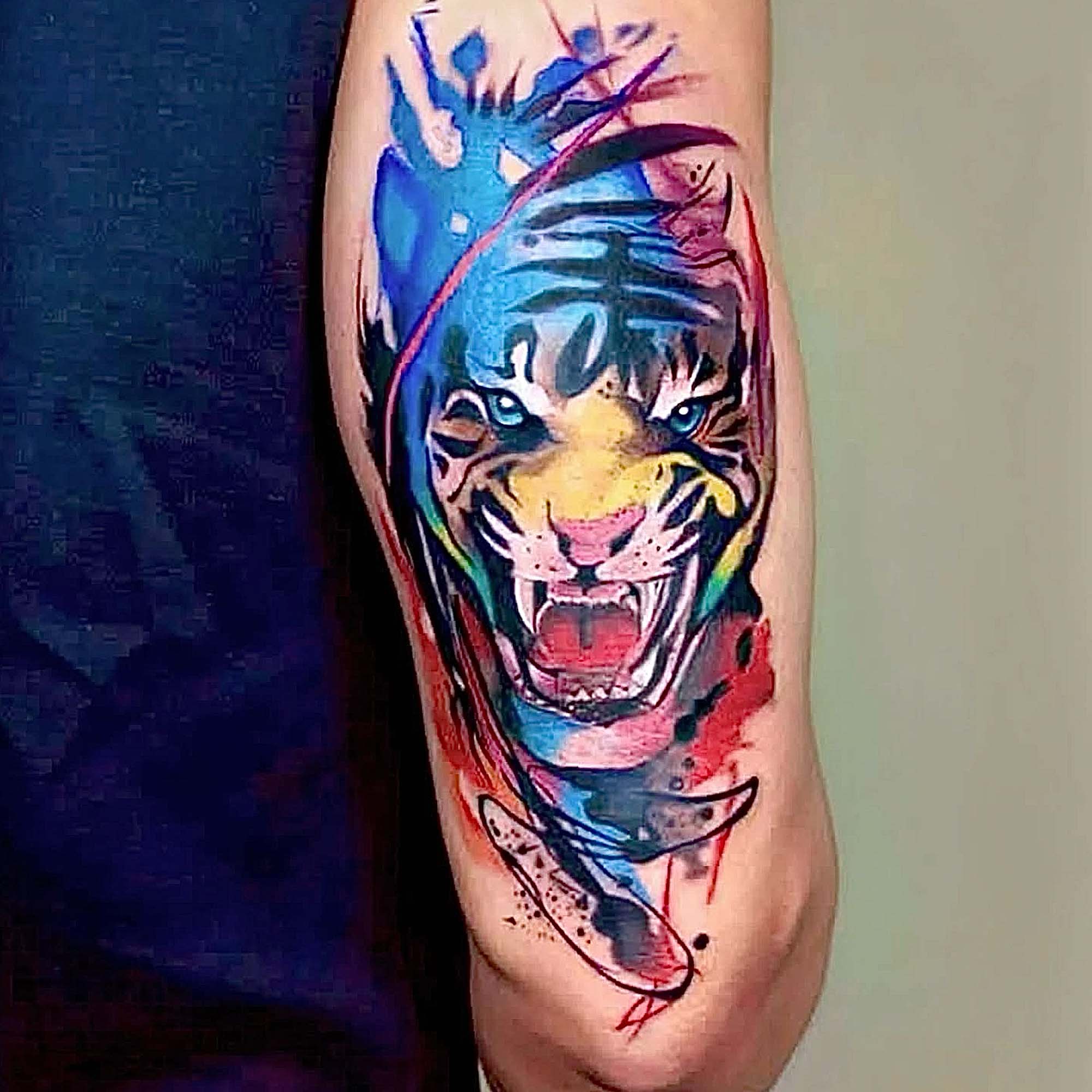
Building a Portfolio That Attracts Guest Opportunities
Studios selective about guest artists review portfolios intensively before extending offers. Your portfolio must demonstrate consistent quality, distinctive style, and professional presentation that reassures studio owners you’ll represent their business appropriately.
Portfolio Essentials for Guest Applications
Curate 30-50 of your absolute best pieces showing: style consistency demonstrating clear artistic identity, technical competence in your specialties, range within your style showing versatility without inconsistency, and healed work proving your tattoos age well.
Avoid common portfolio mistakes that immediately disqualify applications: including mediocre work to inflate quantity, showing too many similar pieces suggesting limited capability, neglecting to include healed photos, and poor photography quality undermining otherwise good work.
Present work professionally through: clean, well-lit photography with neutral backgrounds, consistent image sizing and formatting, organised by style category or theme, and complete information (size, placement, your artistic credit).
Many studios specifically request Instagram portfolio reviews—ensure your feed presents coherently with regular posting schedule, professional bio information, and engagement demonstrating active audience.
Style Development and Market Relevance
Studios seek guest artists whose styles complement rather than duplicate their resident artists. Research potential host studios thoroughly, understanding their aesthetic and identifying how your work fills gaps or provides variety their existing team lacks.
If a studio specializes heavily in traditional work, bringing fine line or realism capabilities offers valuable diversity. If they’re geometric-focused, your organic illustrative style might appeal. Strategic positioning around studio needs dramatically increases acceptance rates.
According to research from professional portfolio development guides, targeted applications to compatible studios succeed 3-4 times more frequently than generic mass applications.
Identifying Guest Artist Opportunities
Finding the right opportunities requires strategic research and networking rather than randomly contacting studios hoping for openings.
Research and Target Selection
Identify potential host studios through: Instagram research following studios whose aesthetic aligns with your work, convention attendance meeting owners and artists in person, artist community forums and groups discussing guest opportunities, and personal network recommendations from trusted industry contacts.
Create target lists of 20-30 studios you’d genuinely enjoy working at, prioritising those whose style, location, and reputation match your goals. Quality applications to carefully selected studios succeed far more reliably than mass generic applications.
Research each target thoroughly: their booking processes and policies, resident artist rosters and specialties, recent guest artist announcements, social media presence and engagement levels, and reputation within the tattoo community.
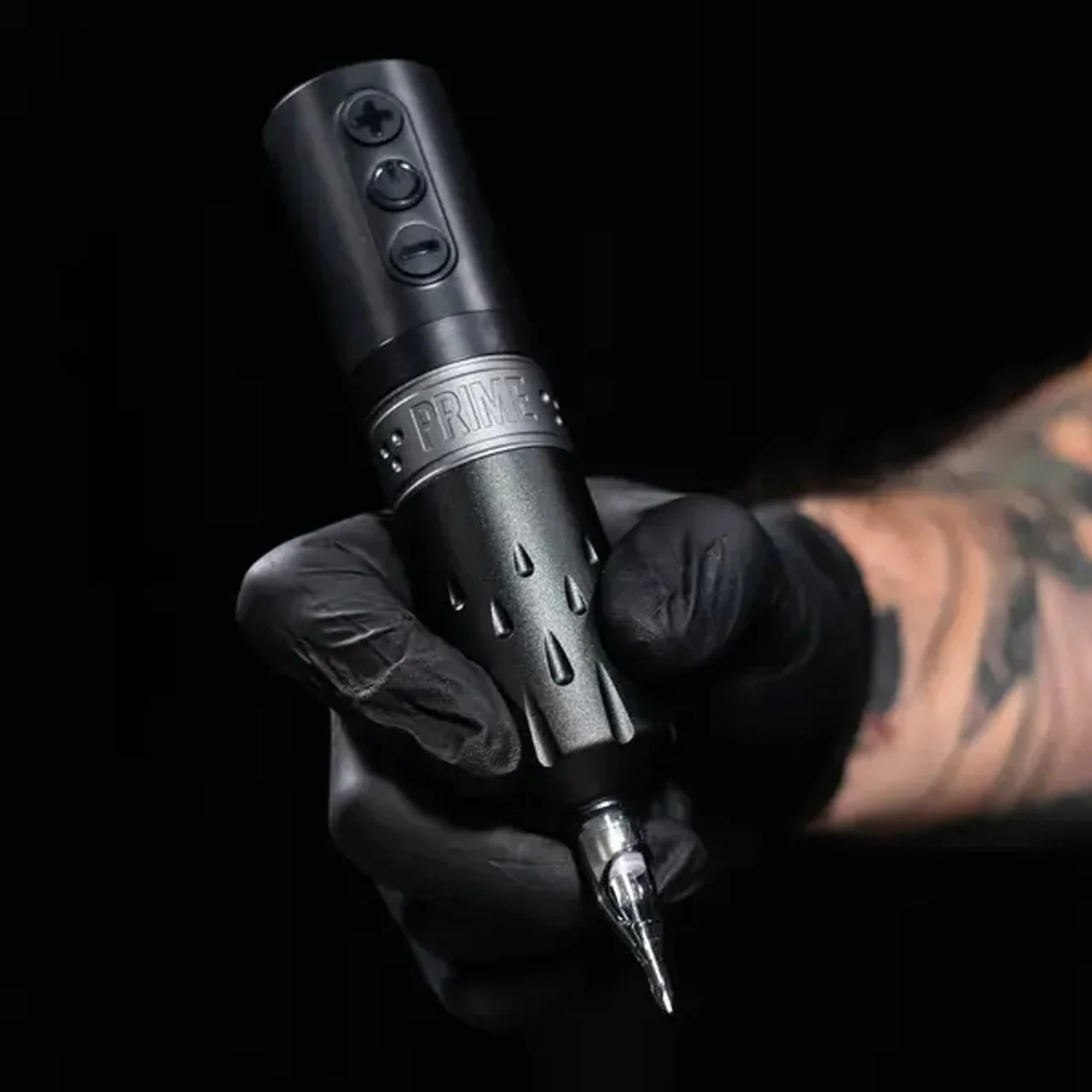
Timing Your Outreach
Contact studios strategically, recognising seasonal patterns and avoiding particularly busy periods. Many studios book guest artists 3-6 months in advance, requiring early planning.
Ideal contact timing includes: late autumn/early winter for spring/summer guest spots (high season in most Australian markets), early summer for autumn/winter opportunities, and post-convention periods when studios assess their rosters and identify gaps.
Avoid contacting during obvious busy periods: December holidays, immediately before major conventions, and during studio events when owners manage multiple priorities.
Professional Networking Strategies
Building genuine industry relationships dramatically improves guest opportunity access compared to cold applications. Networking requires authentic engagement rather than transactional approach focused solely on immediate benefit.
Attend industry events including tattoo conventions, artist meetups, and educational workshops where you can meet studio owners and established artists in relaxed settings encouraging genuine conversation.
Engage meaningfully with target studios on social media: thoughtful comments on their work, sharing their posts with genuine enthusiasm, and supporting their businesses through authentic engagement. Avoid transparent opportunism—studios recognize insincere engagement immediately.
Consider reaching out to individual artists at target studios before contacting ownership, building relationships that can lead to internal recommendations carrying far more weight than external applications.
Crafting Compelling Guest Artist Applications
Professional application materials demonstrate seriousness and capability that separate you from casual enquiries studios receive constantly.
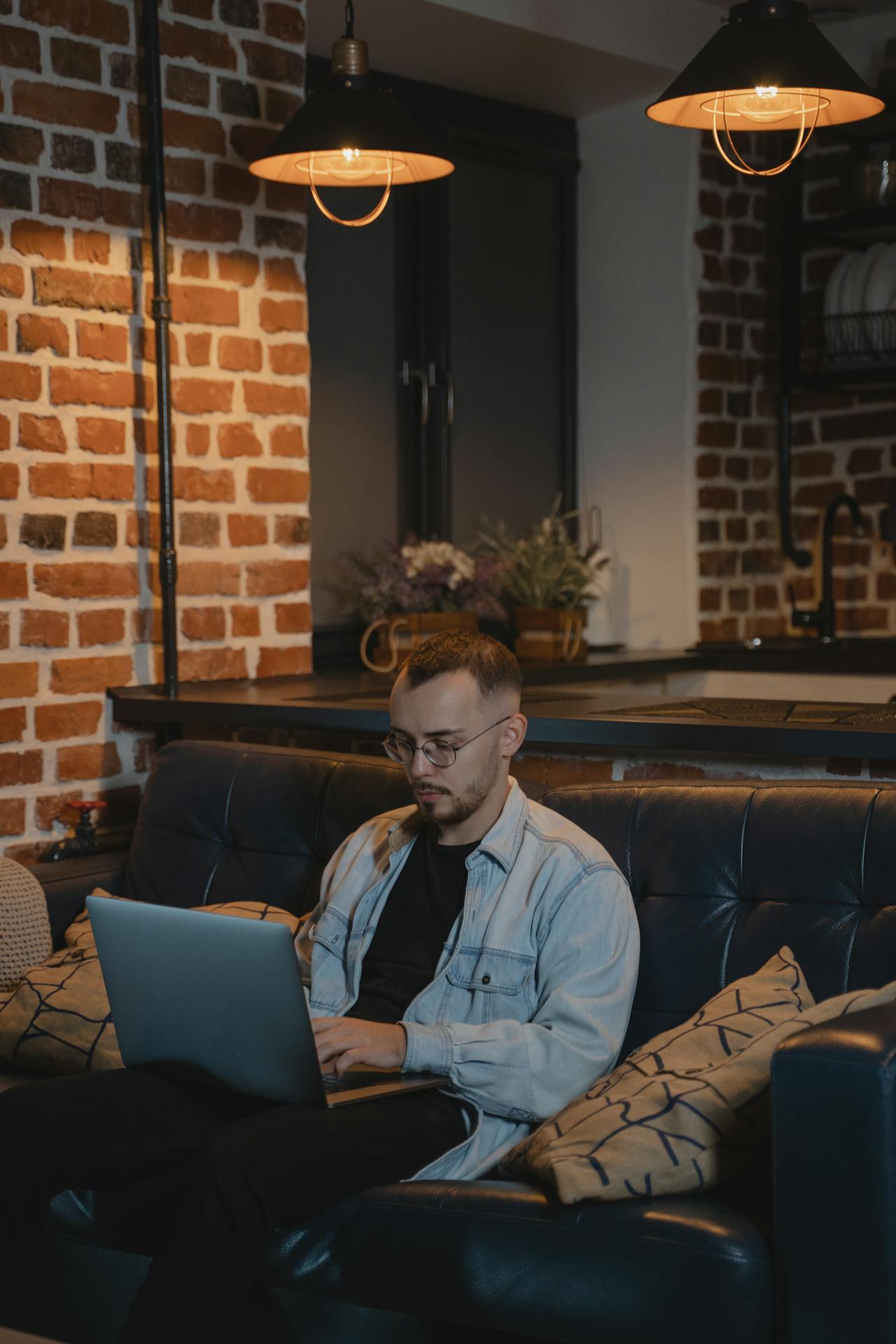
The Application Email Framework
Structure applications professionally, including all information studios need for quick evaluation:
Subject Line: Clear and specific—”Guest Artist Enquiry: [Your Name] – [Your Specialty] – [Proposed Dates]”
Opening Paragraph: Brief introduction identifying your style specialization, experience level, and specific interest in their studio (not generic statement applicable to any studio).
Portfolio Presentation: Direct links to your Instagram and website portfolio, highlighting specific pieces demonstrating your capabilities relevant to their aesthetic.
Proposed Timeline: Specific or flexible dates you’re available, showing planning whilst accommodating their schedule needs.
Practical Information: Clear statements about your booking capabilities (can you fill your own time or need walk-in support?), equipment situation (traveling with own setup or needing studio equipment?), and licensing compliance (current registrations and insurance).
Professional References: Optional but valuable—contacts from other studios or industry professionals who can vouch for your professionalism and capabilities.
Keep applications concise—busy studio owners won’t read lengthy emails. Aim for 150-200 words maximum, with additional details available through portfolio links.
Following Up Professionally
Wait 7-10 days before following up on applications, respecting that busy studios may not respond immediately. Second contact should be brief: “Following up on my guest artist enquiry from [date]. I understand you’re busy—happy to provide any additional information helpful for your consideration.”
Maximum two follow-ups prevents becoming bothersome. After second attempt without response, move to other opportunities rather than persisting ineffectively.
According to professional communication standards, patient, respectful follow-up demonstrates professionalism whilst avoiding the desperation that makes studios hesitant.
Negotiating Terms and Expectations
Once studios express interest, clarify all practical details before committing, preventing misunderstandings that compromise otherwise positive experiences.
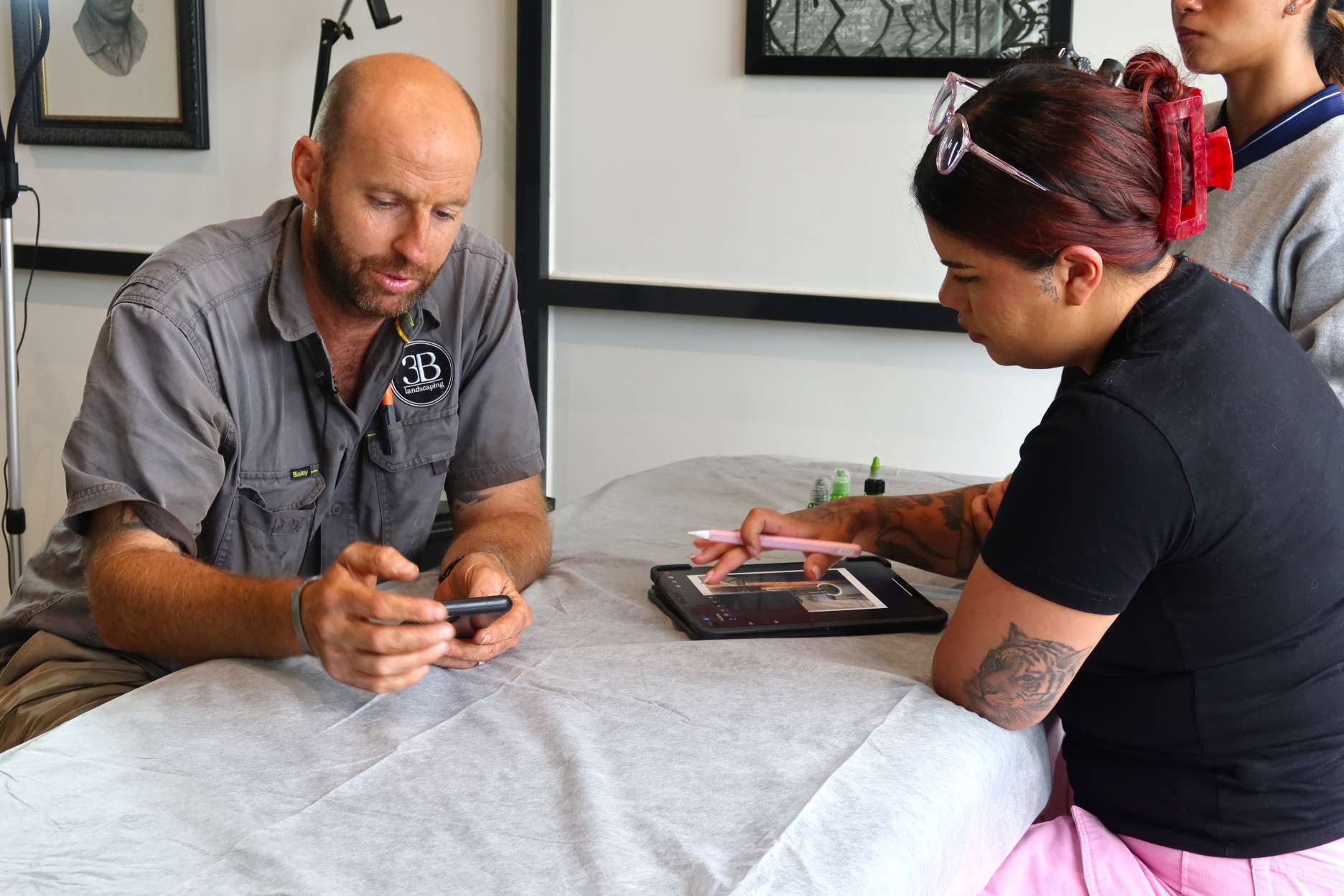
Financial Arrangements
Guest artist compensation structures vary widely. Common models include:
Commission Split: You receive 50-60% of tattoo earnings, with studio taking remainder for facility usage, supplies, and booking support. Standard for artists requiring studio client flow.
Daily Booth Rent: You pay fixed daily rate ($100-250) for workspace and amenities, keeping all earnings. Suits established artists bringing own full books.
Hybrid Models: Combination of reduced rent plus commission split, balancing risks between artist and studio.
Supply Arrangements: Clarify who provides needles, inks, disposables, and aftercare products—some studios include in commission split, others charge separately.
Negotiate clearly before arriving, getting all terms in writing preventing disputes. Discuss minimum earnings guarantees, cancellation policies, and deposit handling.
Practical Logistics
Address practical arrangements including: accommodation (studio provision or your responsibility?), workspace setup and equipment availability, booking management and client communication responsibilities, social media promotion and credit expectations, and schedule flexibility (set hours or self-managed?).
Understanding these details prevents arriving unprepared or discovering unexpected costs that make residencies unprofitable.
Maximizing Guest Artist Experiences
Successful residencies require professional conduct, strategic networking, and maximizing every opportunity for growth and connection.
Professional Conduct Standards
Represent yourself and host studio professionally through: punctuality and reliable attendance, clean, organized workspace maintenance, respectful interaction with studio staff and clients, following studio protocols and house rules precisely, and maintaining positive attitude even during challenging moments.
Your conduct directly impacts future opportunities—studios share information about guest artists through industry networks. Professional reputation spreads rapidly in close-knit tattoo communities.
Avoid common guest artist mistakes: complaining about studio operations or resident artists, undercutting studio pricing or poaching clients, leaving workspace disorganized or dirty, and treating the experience as vacation rather than work opportunity.
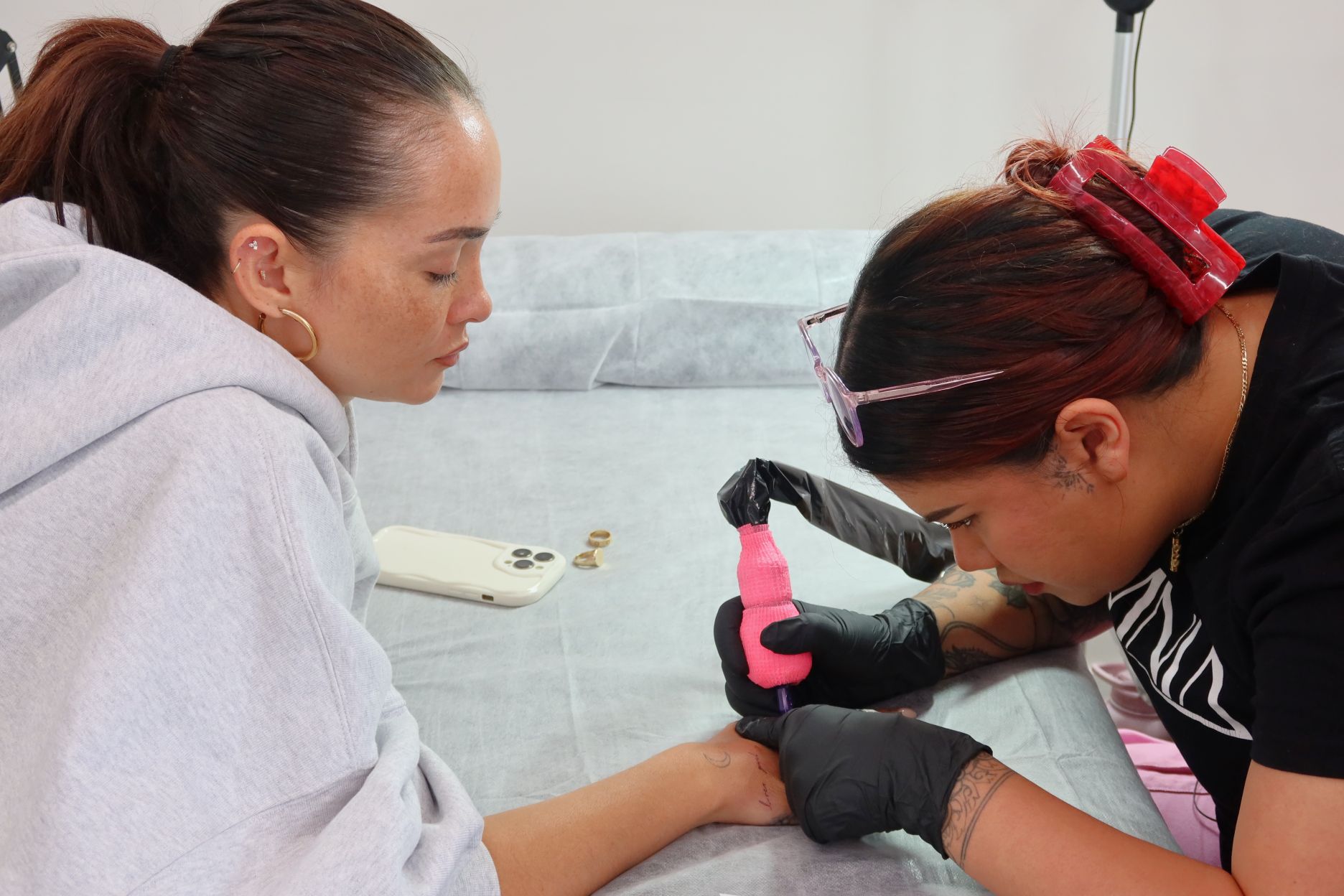
Building Local Client Relationships
Use guest residencies strategically building client bases in new locations, potentially supporting future return visits or permanent relocation.
Collect client contact information (with permission) for future booking outreach, maintain social media connections showing appreciation for their support, encourage reviews and social media sharing increasing your visibility in new markets, and communicate about potential return visits.
Many successful artists build regular guest rotation circuits, visiting 4-6 studios annually and developing loyal client bases in each location. This approach creates stable income diversification protecting against market fluctuations in single locations.
According to career development research, artists maintaining regular guest circuits in 3-5 cities earn 40-60% more than single-location counterparts whilst enjoying geographic variety preventing burnout.
Networking for Future Opportunities
Residencies provide invaluable networking opportunities through: building relationships with resident artists who might recommend you elsewhere, connecting with studio owners who manage multiple locations or know other studio operators, meeting supplier representatives and industry professionals frequenting established studios, and gaining exposure to local tattoo community members.
Attend any studio social events or industry gatherings occurring during your residency, building connections beyond just workspace relationships. Genuine friendship and respect within tattoo community opens doors no amount of cold application can match.
Handling Challenging Residency Situations
Not all guest experiences proceed smoothly. Professional problem-solving preserves relationships whilst protecting your interests.
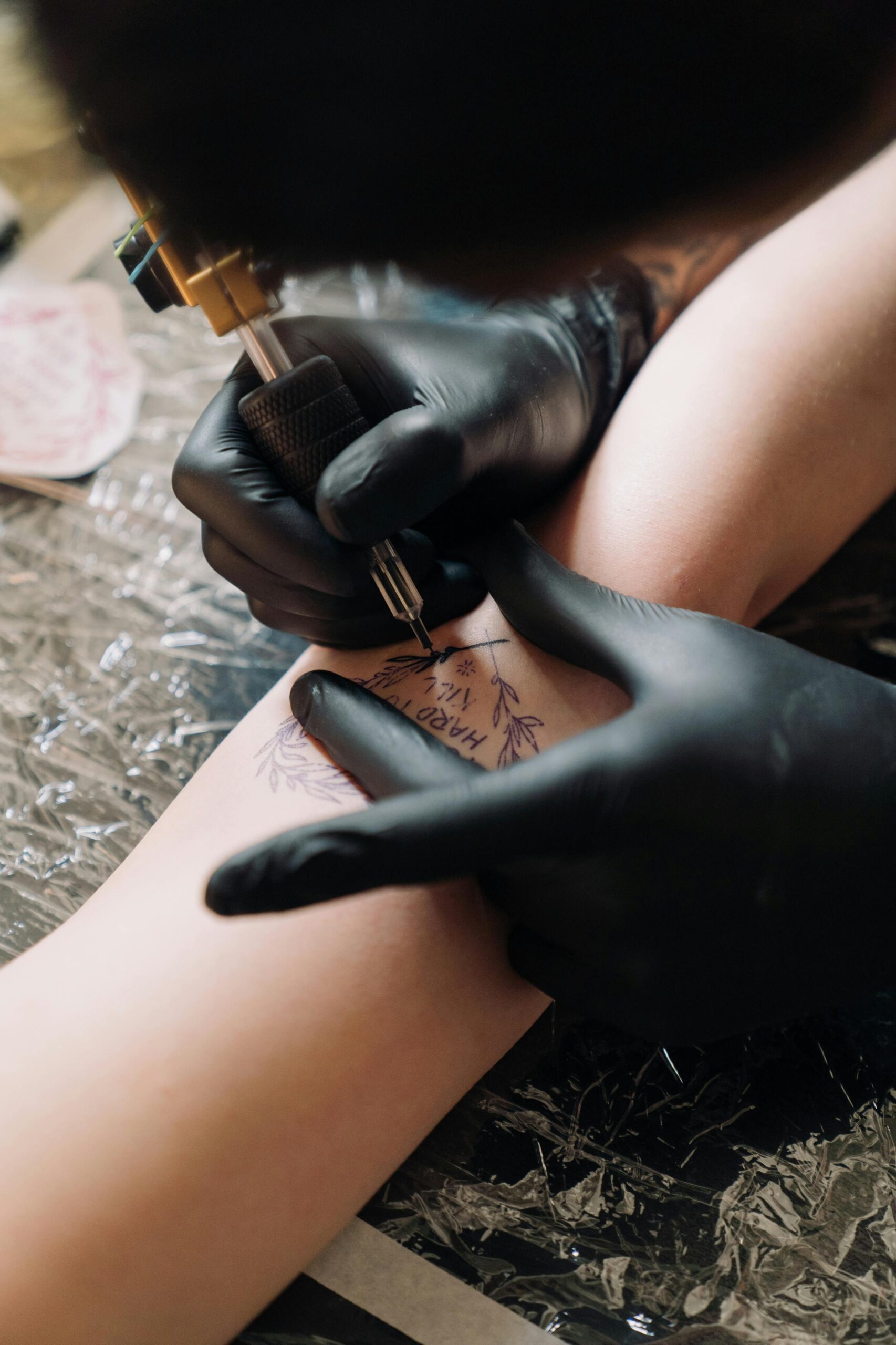
Booking Shortfalls
If bookings fall short of expectations, address proactively rather than suffering silently: discuss backup plans with studio (walk-ins, flash availability, social media promotion), adjust expectations and compensation discussions if warranted, and use downtime productively for portfolio work or skill development.
Avoid blame or negativity—market conditions affect bookings unpredictably. Professional handling of slow periods demonstrates maturity studio owners value highly.
Cultural or Operational Conflicts
Every studio operates differently. Approach differences with curiosity and adaptation rather than criticism: observe and adapt to studio culture without imposing your preferred approaches, clarify unclear expectations through respectful questions, and address genuine concerns privately with appropriate people rather than publicly complaining.
If situations become genuinely problematic, handle exits professionally: provide appropriate notice, fulfill existing appointment commitments, and maintain diplomatic communication preserving industry relationships.
Transitioning from Guest to Permanent Positions
Successful guest residencies sometimes lead to permanent position offers—one of the most valuable outcomes possible.
Studios offering permanent positions typically observe: consistent quality work throughout residency, professional conduct and positive client feedback, cultural fit with existing team and studio values, booking capability demonstrating self-sufficiency, and genuine enthusiasm for their specific studio and location.
If interested in permanent positions, communicate interest diplomatically without appearing presumptuous: “I’ve really enjoyed working here. If you ever have permanent positions available, I’d love to discuss possibilities.”
Many artists strategically pursue guest residencies specifically seeking permanent positions in desirable locations, using residencies as extended interviews proving capabilities before studios commit to full employment.
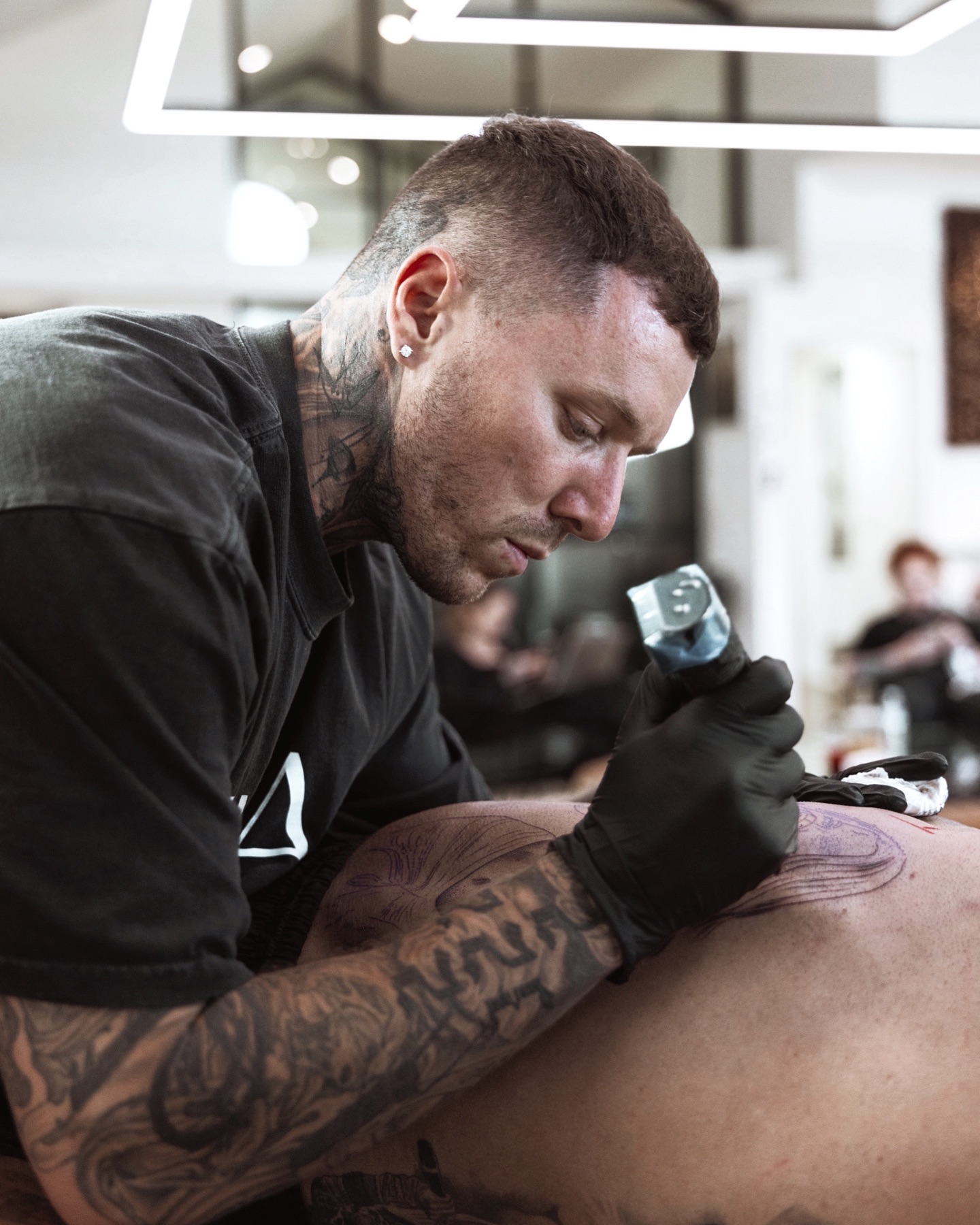
Professional Development Through Guest Work
Guest artist experiences provide educational opportunities accelerating artistic and business development beyond what single-location work offers.
At Omnia Tattoo Academy, our comprehensive tattoo courses include modules on professional networking, guest artist strategies, and industry navigation that prepare you for successful residency experiences. You’ll learn how to build portfolios that attract opportunities, communicate professionally with studio owners, and maximize learning from every guest experience.
Our experienced tutors provide guidance specific to guest artist strategies, helping you identify appropriate opportunities for your development stage and prepare applications that succeed. With six-day weekly support, you’ll receive advice addressing specific situations as you pursue guest opportunities.
Launch Your Guest Artist Career
Ready to expand your professional horizons through strategic guest artist opportunities? Our comprehensive tattoo courses provide technical skills, professional development, and industry knowledge—everything you need for successful guest residencies and accelerated career growth.
Join Australian artists who’ve built versatile, connected careers through Omnia’s proven training methodology. With flexible payment plans starting at $30 per week, professional equipment included, and comprehensive career development training, you’ll establish foundations for industry success and recognition.
Explore our tattoo course options today and start building the guest artist career that expands your opportunities and recognition.
